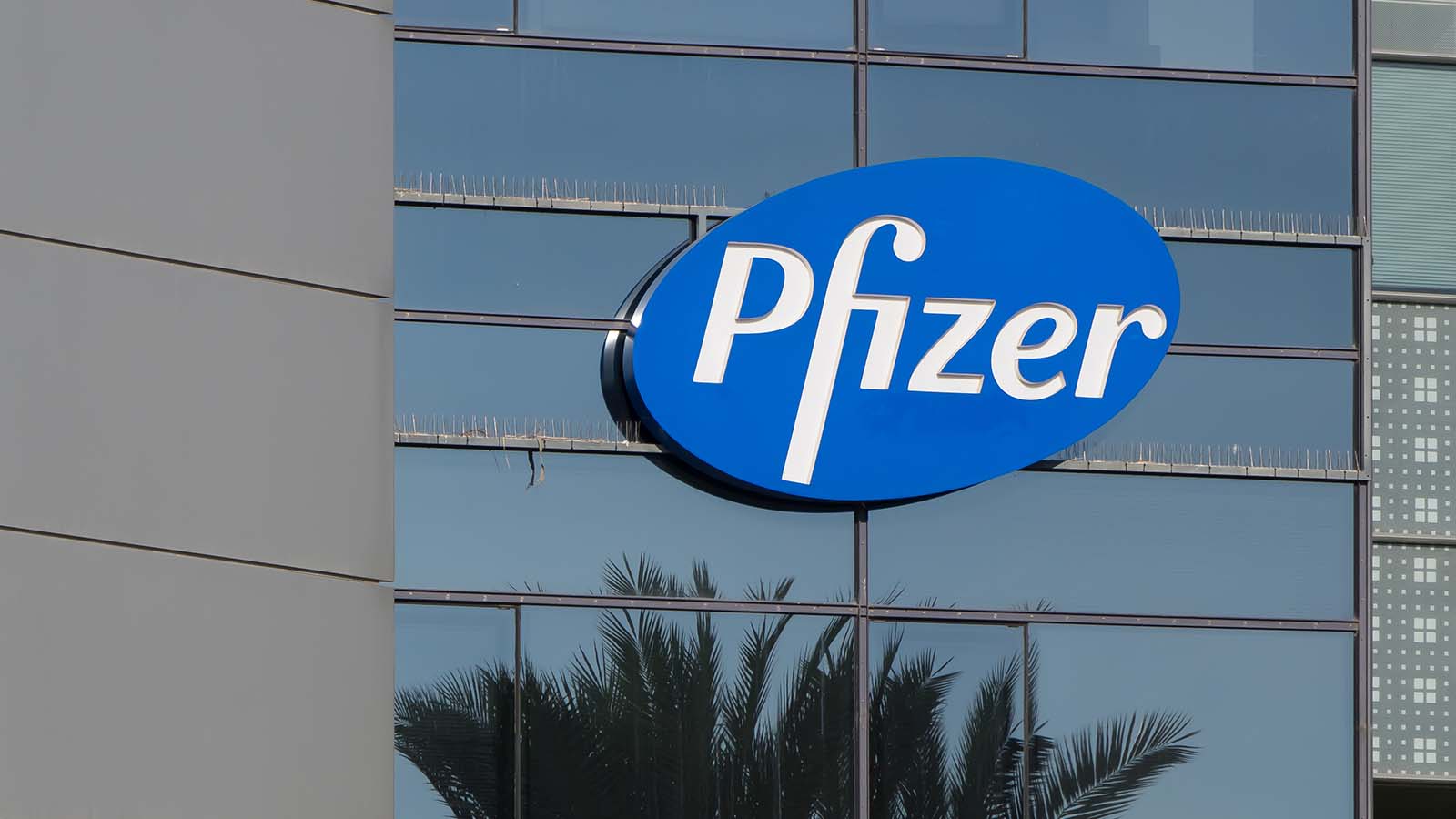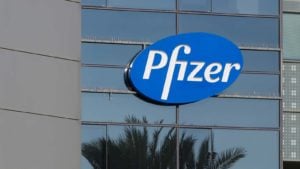This past year wasn’t a great one for Pfizer (NYSE:PFE) stock. While the S&P 500 soared 29%, shares in the pharma giant fell to $39.18 per share, making for a 9.1% loss. The reason? Wall Street isn’t so keen on its proposed restructuring. Pfizer is in the process of divesting its off-patent drug business. This includes famous pharmaceutical brands such as Viagra and Lipitor.
In addition, Pfizer stock is becoming less of a consumer products company. Last year, Pfizer closed on its deal to merge its over-the-counter unit with GlaxoSmithKline’s (NYSE:GSK) OTC business. Pfizer retains 32% ownership in this joint venture, which combines Pfizer brands like Advil with GSK’s consumer health brands like Sensodyne.
The reason behind Pfizer’s restructuring moves? Growth, or the lack thereof. Pfizer’s off-patent portfolio generates consistent cash flow. But it hasn’t moved the needle in terms of revenue growth. As a result, PFE stock has underperformed the S&P 500 for years.
So, what’s Pfizer’s move post-divestiture? To drive shares upward, management is pursuing biotech acquisitions in order to bolster its pipeline. This move could improve both earnings growth and valuation. Is now the time to buy Pfizer stock? Let’s dive in, and see why this “Dog of the Dow” may be a great buy for 2020.
Divestiture Is the Best Move
Here’s a breakdown of the off-patent divestiture. The transaction is your classic “reverse Morris trust,” a great move to avoid taxes. Pfizer will merge its off-patent business with generic drug maker Mylan (NASDAQ:MYL). Pfizer will hold majority ownership of the merged entity (named Viatris). The company will then distribute Viatris shares to holders of Pfizer stock.
Last summer, the investment community gave their opinion on Pfizer’s divestiture plans. PFE stock fell from above the $42.50 price level to as low as $33.97 per share. Shares have rebounded since, but as I mentioned above, the stock ended up in the red for the year.
Management believes shedding legacy assets could jump-start growth. Wall Street disagrees, discounting Pfizer’s ability to improve its drug pipeline by pursuing biotech deals like its acquisition of Array. PFE stock is trading its status as a staid “dividend-and-buyback” stock for the uncertainty of becoming what InvestorPlace’s Ian Bezek referred to as a “dynamic biopharma company.”
I believe Pfizer is making the right move. Through the Viatris spinoff, holders of PFE stock retain exposure to the cash-generating off-patent business. By shedding low-growth assets, Pfizer could command a higher valuation multiple down the road.
On the other hand, who’s to say Pfizer’s strategy will pay off? The company is taking a big risk trading security for opportunity. If the company’s acquisition spree fails to yield new blockbuster drugs, shares could fall further. Conversely, if the company wins with its current and upcoming drug slate, shares of PFE stock could soar past the $40 share price level.
Pfizer Stock Could Benefit From Multiple Expansion
Pfizer stock trades at a discount to peers. Shares trade at a forward price-to-earnings ratio of 11.5. Compare this to Merck (NYSE:MRK) or Johnson & Johnson (NYSE:JNJ), which trade for 23.9 and 22.3 times forward earnings, respectively.
However, post spinoff, shares could eventually trade at a higher multiple. Adjusted for the spinoff, PFE stock will trade for 15 times estimated 2020 earnings of $2.25 per share. If its valuation moves closer to that of MRK or JNJ, shares could be worth around $50, give or take a few bucks.
But that’s not all. We need to factor in the Viatris shares holders of Pfizer stock will receive after the spinoff. Per the transaction agreement, Pfizer shareholders will receive about 0.12 shares of Viatris for each share of PFE stock. Based on Mylan’s recent closing price of $20.65, this implies a distribution around $2.47 per share.
Metamorphosis Offers Upside in 2020
Pfizer stock may have been a “Dog of the Dow” in 2019. But post-divestiture, shares could see a boost in 2020. However, there are some caveats. Post spinoff, PFE stock may end up not trading at multiples on par with MRK or JNJ. As Barron’s reported back in July, analysts were skeptical Pfizer could command a high multiple even after the spinoff.
Yet, if the company’s current slate of drugs (including Ibrance) continues to perform well, Pfizer stock may get the sales boost needed to push up valuation. But Pfizer faces patent expiration on Ibrance and other current drugs in a few years. The heat is on for the recent biotech acquisitions to produce new blockbuster drugs.
So, what’s the call? Investor skepticism over the restructuring is already priced into shares. At the current valuation, PFE stock offers upside potential via multiple expansion. With quarterly earnings set to be released later this month, it may be safer to wait things out. But Pfizer stock is a buy at these levels, and a screaming buy if shares retreat back to their 52-week low.
As of this writing, Thomas Niel did not hold a position in any of the aforementioned securities.

